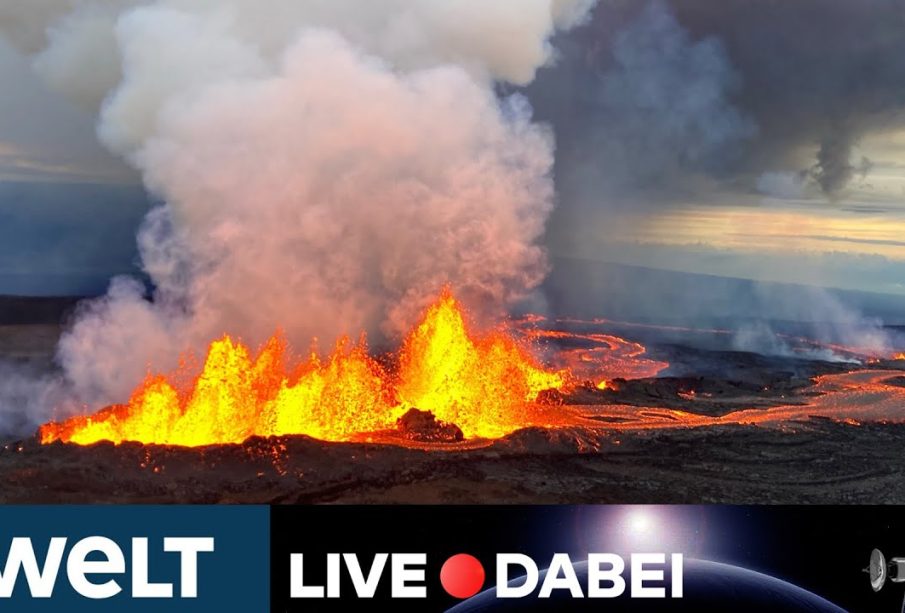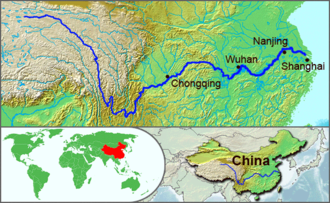An Overview of Mauna Loa: The World’s Largest Volcano

Introduction
Mauna Loa, located in Hawaii, is not only the largest volcano on our planet but also one of the most active. Spanning over 2,035 square miles and rising to 13,681 feet above sea level, it holds significant geological and cultural importance. Its recent activities have sparked renewed interest in both the scientific community and the general public, as understanding volcanic eruptions is critical for disaster preparedness and ecosystem health.
Recent Eruptions
In late 2022, Mauna Loa began erupting for the first time since 1984, drawing attention worldwide. The eruption lasted approximately two weeks, and while it produced lava flows that remained within the volcano’s rift zone, the event reminded residents of Hawaii about the ongoing geological processes beneath their feet. The United States Geological Survey (USGS) closely monitored the situation, providing regular updates to ensure public safety.
Geological Significance
Mauna Loa’s geological significance cannot be overstated. As a shield volcano, it was formed by the gradual accumulation of fluid lava flows that create gentle slopes. Studies of its eruptions provide insights into volcanic behaviour, eruption prediction, and the impact of climate on volcanic activity. Additionally, Mauna Loa’s location over a hotspot in the Earth’s mantle gives scientists a unique opportunity to study the processes that contribute to the formation of volcanoes.
Cultural Importance
Beyond its scientific relevance, Mauna Loa holds a crucial place in Hawaiian culture. It is deeply intertwined with the Hawaiian mythology and is often referred to as “the long mountain”. The mountain is sacred to many Hawaiian people, and its eruptions are viewed through a cultural lens that respects both the beauty and power of nature. This connection to the land underscores the importance of balancing scientific exploration with cultural sensitivity.
Conclusion
Mauna Loa continues to be a focal point for volcanological research and cultural appreciation. As scientists study its eruptions and implications for climate change, the importance of monitoring active volcanoes becomes more apparent. For locals and visitors alike, understanding Mauna Loa offers lessons on respecting nature and preparing for its ever-changing landscape. Continued research on Mauna Loa will not only enhance our understanding of volcanic activity but also deepen the appreciation for the cultural heritage that surrounds this magnificent giant.









